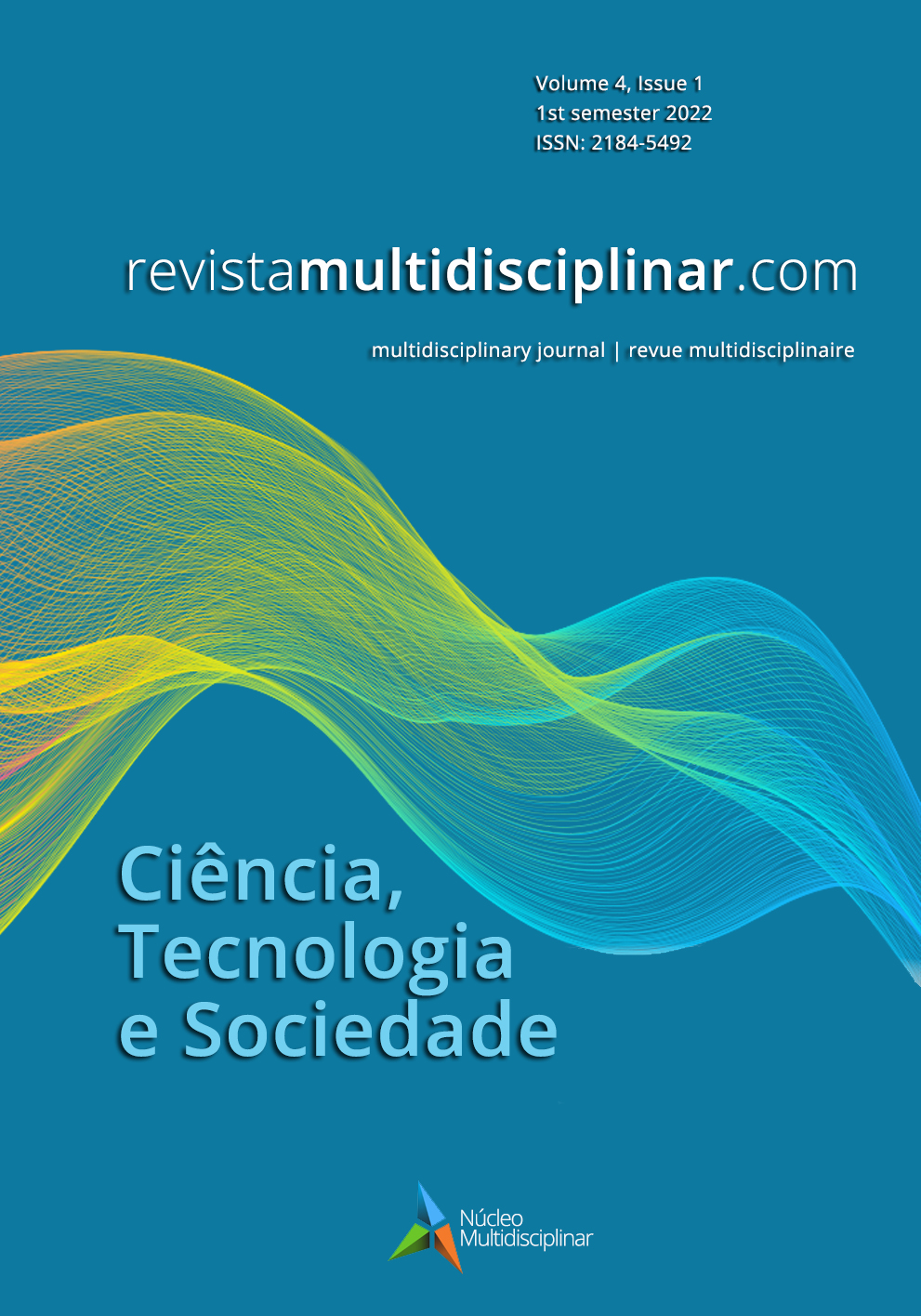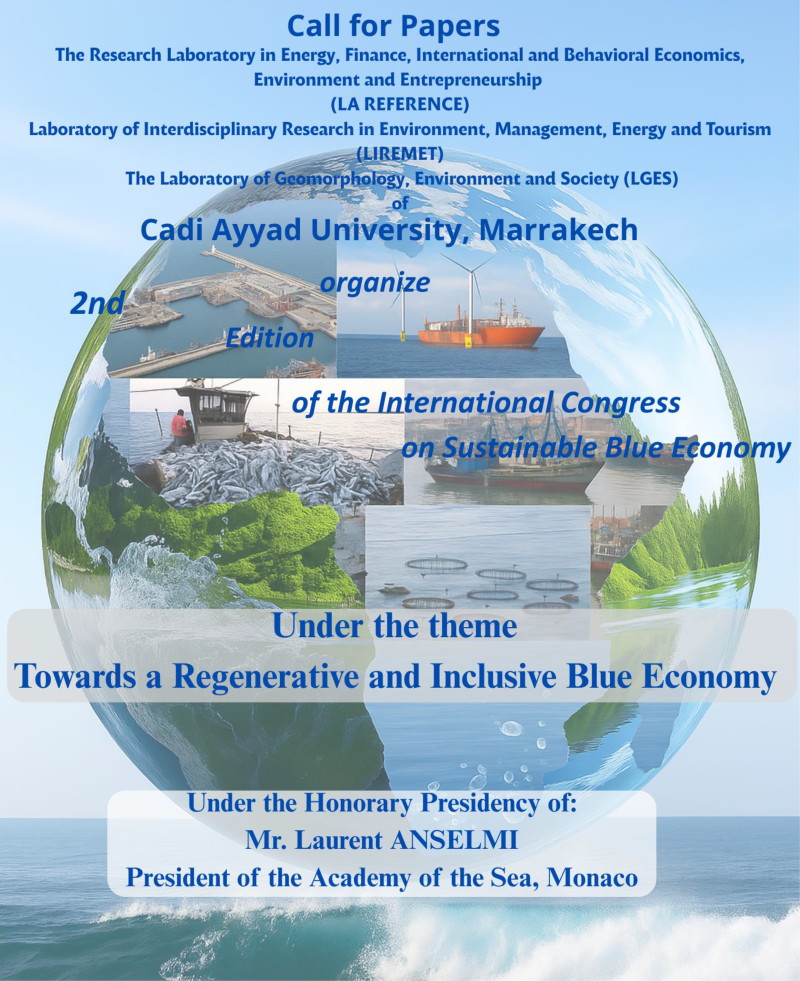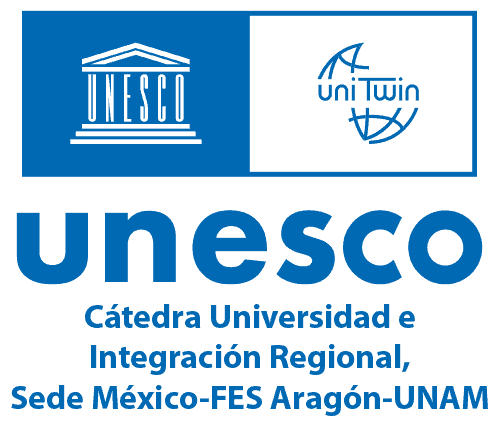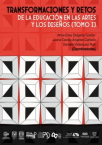The Artistic Education of the higher music student
Diagnosis through a review study
DOI:
https://doi.org/10.23882/rmd.22074Keywords:
artistic education, higher conservatories of music, higher artistic education, higher education, artAbstract
The understanding of the cultural and social dimension of the work of art is indispensable in a music professional, artistic disciplines coexist and create synergies throughout history. The aim is to determine the current situation of the Spanish centers of higher artistic education in music and the student's contact with the arts that surround him, knowing that in his professional future he will have to coexist and participate in them. The research methodology is based on a systematic review of the curricula of the higher conservatories of music in Spain. In the entire system of higher institutions analyzed, only 44 subjects related to art are offered, of which 63.6% are optional. The study concludes that we are facing a compartmentalization of knowledge, where instrumental practice is the center of the curriculum, leaving aside the spaces of confluence between the arts.References
Agra, Mª J. (2003). La formación artística y sus lugares. Educación artística. Revista de investigación, 1, 67-82. https://bit.ly/32nQO2f
Ariza, J. A. (2015). Niveles de afinidad entre la música, la pintura y la literatura. Un análisis comparativo en las tendencias del siglo XX. [Tesis doctoral no publicada]. Universidad de Málaga.
Baecker, D. (2017). Teorías sistémicas de la comunicación. Revista Mad. Revista del Magíster en Análisis Sistémico Aplicado a la Sociedad, 37, 1-20. https://revistaderechoeconomico.uchile.cl/index.php/RMAD/article/view/47267
Botella, A. M. y Escorihuela, G. (2014). Análisis de la praxis docente de los profesores de las enseñanzas superiores de flauta travesera de la Comunidad Valenciana, El Artista, 11, 65-87. https://www.redalyc.org/articulo.oa?id=87432695004
Botella, A. M. y Escorihuela, G. (2018). Educación en artes: Un enfoque sobre la enseñanza performativa de la música. Revista Neuma, 11(1), 78-93. http://hdl.handle.net/10550/70124
Cabado, T. (2020). Música y realidad: hasta el concepto de música absoluta. Revista 4'33'', 19, 152-161. http://revista433.damus.musica.ar/index.php/principal/article/view/15
Cárdenas, J.P. (2015). Artes hermanas: Poesía, música y pintura en el Siglo de Oro. Calíope: Journal of the Society for Renaissance and Baroque Hispanic Poetry, 20(2), 7-18. https://www.muse.jhu.edu/article/602323.
De la Calle, R. (2007). Sobre las relaciones entre música y pintura. AISTHESIS: Revista Chilena De Investigaciones Estéticas, 42, 87-97. http://ojs.uc.cl/index.php/RAIT/article/view/3390
Elichiry, N. E., y Regatky, M. (2010). Aproximación a la educación artística en la escuela. Anuario de investigaciones, 17, 129-134. https://www.redalyc.org/articulo.oa?id=369139946072
Gilabert, G. (2017). «I will play the swan and die in music». Shakespeare y Lope de Vega ante la música teatral trágica. Anuario Lope de Vega. Texto, literatura, cultura, 23, 270-285. https://raco.cat/index.php/anuariolopedevega/article/view/318218
Giráldez, A. (2009). Aproximaciones o enfoques de la educación artística. En L. Jiménez, Aguirre, I., y Pimentel, L. G. (Eds.) 69-74). Organización de Estados Iberoamericanos para la Educación, la Ciencia y la Cultura.
Gutiérrez, Mª del M. (2007). La formación de intérpretes profesionales en los conservatorios en el marco de la reforma educativa. Ministerio de Educación y Ciencia.
Hargreaves, D. J. (1991). Infancia y educación artística (3ª ed.). Ediciones Morata.
Heinlein, F. (1978). Relación entre música y texto en el teatro musical del siglo XX. Revista Musical Chilena, 32(141), 5-16. https://revistamusicalchilena.uchile.cl/index.php/RMCH/article/view/13534
Jiménez, L., Aguirre, I., y Pimentel, L. G. (2009). Educación artística, cultura y ciudadanía. Organización de Estados Iberoamericanos para la Educación, la Ciencia y la Cultura.
Kandinsky, V. (1996). De lo espiritual en el arte (G. Dieterich, Trad.). Paidós.
Labajo, J. (1987). Música y escultura en el renacimiento español: interrelaciones al servicio del arte fúnebre. Boletín del Seminario de Estudios de Arte y Arqueología: BSAA, 53, 375-386. https://dialnet.unirioja.es/servlet/articulo?codigo=1959910
López, E. (2013). Literatura y música. Brocar. Cuadernos de Investigación Histórica, 37, 121-144. https://doi.org/10.18172/brocar.2541
Martínez, S., Botella, A.M., Fernández, R. y Mínguez, X. (2015). Música, artes visuales y literatura a través de la ópera. En N. Rius (Ed.), Investigación e Innovación en Educación Superior (pp. 179-184). PUV.
Morales, C. (2017). La creatividad, una revisión científica. Revista científica de Arquitectura y Urbanismo, 38(2), 53-62. https://rau.cujae.edu.cu/index.php/revistaau/article/view/420
Novák, R. (2021). Transmedia principles in impressionism spanning painting, music and literature. Neohelicon, 48, 299–312. https://doi.org/10.1007/s11059-020-00558-7
Puelles, L. (2005). De cómo el arte se convirtió en el arte. Contrastes. Revista Internacional de Filosofía, 10, 169-176. https://www.revistas.uma.es/index.php/contrastes/article/view/1896
Sarriugarte, I. (2009). La fusión pintura, música y danza: la apuesta de Sergei Diaguilev. Música y educación: Revista trimestral de pedagogía musical, 22(77), 14-21.
Shifres, F. (2007). Poniéndole el cuerpo a la música. Cognición corporeizada, movimiento, música y significado. Actas de 3º Jornadas de Investigación en Disciplinas Artísticas y Proyectuales (JIDAP). http://sedici.unlp.edu.ar/handle/10915/39368
Shiner, L. (2004). La invención del arte. Una historia cultural (E.H. Julibert, Trad.). Paidós.
Xalabarder, C. (2006). Música de Cine. Una ilusión óptica. Método de análisis y creación de bandas sonoras. Editorial Libros en red.
Published
How to Cite
Issue
Section
License
Copyright (c) 2022 Ana María Botella Nicolás, Guillem Escorihuela Carbonell

This work is licensed under a Creative Commons Attribution-NonCommercial 4.0 International License.









